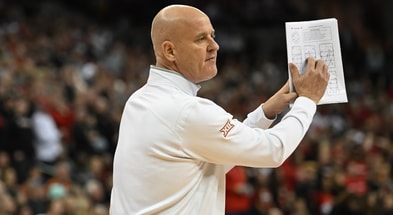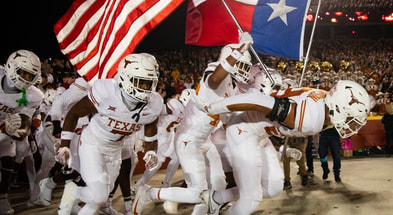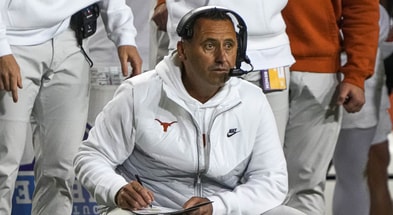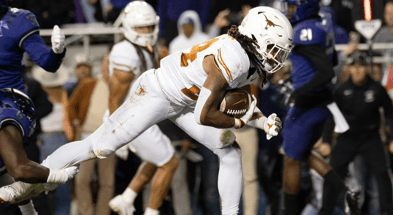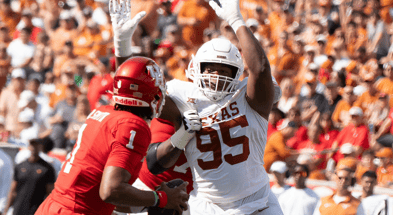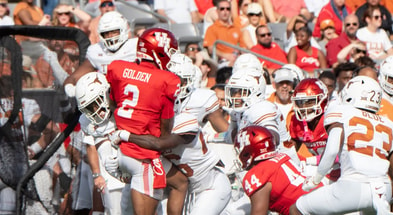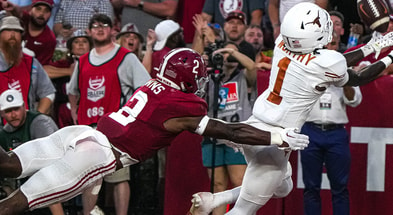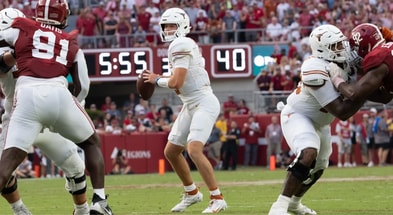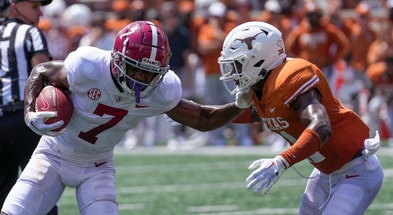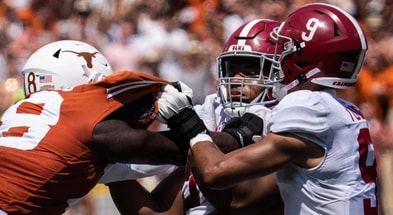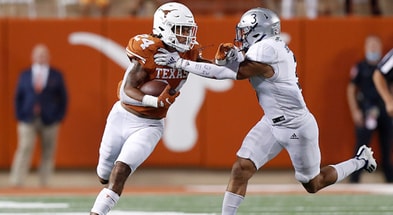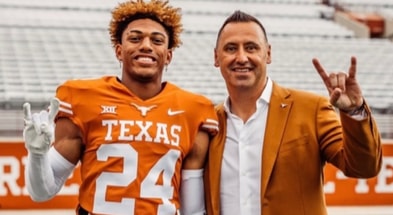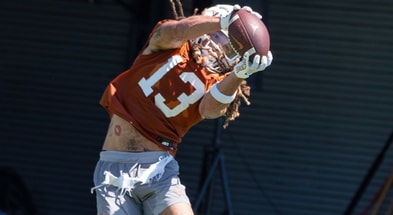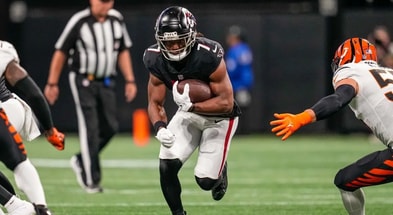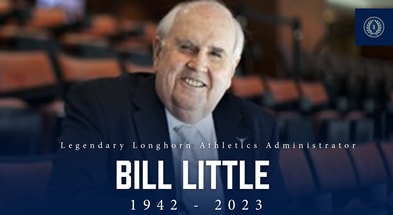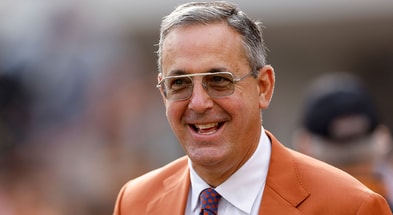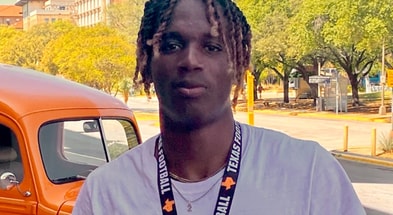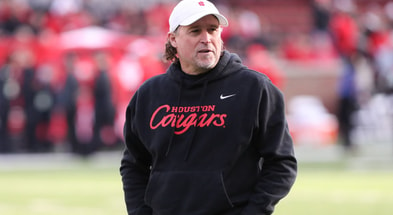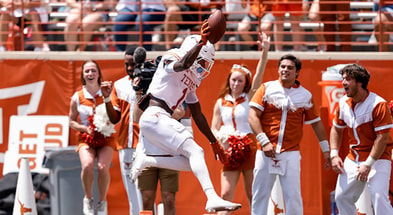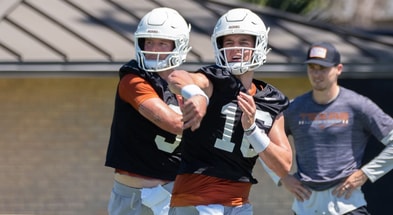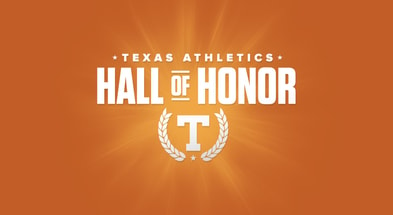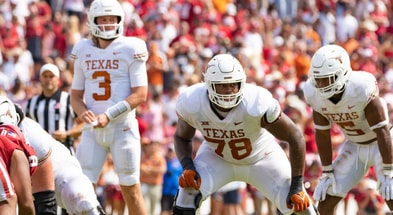Column: Bijan Robinson left out of group of Heisman finalists due to lack of passing yards and wins
1580 rushing yards and 18 touchdowns with a 6.1 yards per carry average? Phenomenal. Nineteen catches for 314 yards and two touchdowns? Indicative of all-around ability. A season-long Pro Football Focus grade of 95.2, a number behind only Michigan’s Blake Corum among running backs, and a first-round grade from ESPN’s Mel Kiper? All that goes to show there’s no doubt Bijan Robinson is one of the best players in college football in 2022.
[Get FOUR MONTHS of Inside Texas Plus for $1!]
The only things keeping Robinson out of contention for the award given to the best player in college football? He was a running back on an 8-4 team that didn’t play for a conference championship. With the way Heisman Trophy voters think these days, that’s unfortunately not enough to get to New York City, and Robinson was left out of the group of four finalists announced by the Heisman Trust on Monday night.
Since Ricky Williams won Texas’ last Heisman in 1998, 18 of the succeeding 23 winners (including Reggie Bush in 2005) have been quarterbacks. Save for DeVonta Smith, Derrick Henry, Mark Ingram, Reggie Bush, and Ron Dayne, passing the ball has been a prerequisite for taking home the honor.
In previous eras, leading the country in yards from scrimmage (like Robinson currently does) would make a player a shoo-in for a December trip to New York. But as the field this year shows, quarterbacks are the attention-grabbers in the sport, even if they aren’t the best players.
There’s little doubt in my mind that USC’s Caleb Williams and TCU’s Max Duggan had incredible seasons. Williams’ gutsy performance in the Pac 12 Championship Game on a bum leg was astonishing to witness, like so many of his plays during his phenomenal first year leading the Trojan offense. Similar for Duggan, who took home Big 12 offensive player of the year honors leading gritty comeback after gritty comeback to boost the Horned Frogs to the College Football Playoff.
C.J. Stroud of Ohio State had a very strong year, though his statistics regressed compared to his 2021 since he didn’t have the same caliber of receivers. He was a great player on a top-four team. That’s why he’s going to New York. Was he a top-four player? Ask the Michigan defense and my answer will be similar to theirs.
Nothing, however, shows the inherent bias among voters toward signal-callers than Stetson Bennett IV’s inclusion among the four finalists. “The Mailman,” is a good player, but his nickname indicates his style of play. He delivers the ball to others for them to make plays, rather than making very many plays himself.
Is he a good player on a potentially transcendent team? Yes. Is he the best player in his own conference? Probably not, yet he’s on his way to New York because he’s the quarterback of the No. 1 team.
Of those four, only two are really in contention for the honor in Williams and Duggan. Williams will probably win USC’s eighth Heisman, and deservedly so.
It is a shame that Robinson won’t be there to be honored as one of college football’s best. His position is one reason why. His team’s performance is another.
Save for Williams, the other three quarterbacks are on College Football Playoff teams. Robinson was on an 8-4 team. A few weeks ago, Steve Sarkisian put it best.
“I think about Bijan, if we were 10-2 right now, playing for a Big 12 championship, and maybe on the cusp of the College Football Playoff, I think there’d be no question this guy would be in New York for the Heisman,” he said on November 28.
The reason Robinson isn’t a finalist is not because he had limited production against Alabama and TCU. Great players have struggles at times. Even Bryce Young had a couple of clunkers last season when he ran away with the Heisman.
But Young’s Alabama team won the SEC championship, had one loss on a last second field goal to Texas A&M, and there weren’t any other major contenders from the quarterback ranks to challenge him for his earned distinction. Robinson was part of a Longhorn team this year that dropped second-half leads to Alabama, Texas Tech, and Oklahoma State. Plus, he never got going against TCU.
Pair that with his position, and it paints the unfortunate picture as to why Robinson won’t contend for Texas’ third Heisman.
That’s not to put a damper on what was an incredible season, and likely career, from No. 5. He’ll vie with Corum and Illinois’ Chase Brown for the Doak Walker Award, an honor Robinson should take home. He could also be the first Longhorn rusher to be a first-team All-American running back since D’Onta Foreman in 2016. He could be the first consensus All-American to wear burnt orange since Joseph Ossai in 2020. There’s even an outside chance he becomes the 23rd Longhorn to take home unanimous All-American honors, and the first to do so since Michael Dickson and DeShon Elliott earned that distinction in 2017.
Stats aside, he does things in the backfield that makes other players, fans, media members, and coaches marvel. Tackles for loss that bring Robinson down are a rarity. His career rushing total of 3410 yards, fourth in school history, rightfully places him in Texas’ highest running back echelon along with Williams, Cedric Benson, and Earl Campbell.
But like the late, great Benson, Robinson’s path won’t end in the Big Apple. In 2004, Benson finished sixth in Heisman voting. Robinson probably will be in that range when the results are announced on Saturday.
Today more than in 2004, it has to do with the position Robinson plays paired with the performance of his team. That’s where the sport is today, and it probably won’t move from that stance anytime soon to the chagrin of running backs everywhere.
